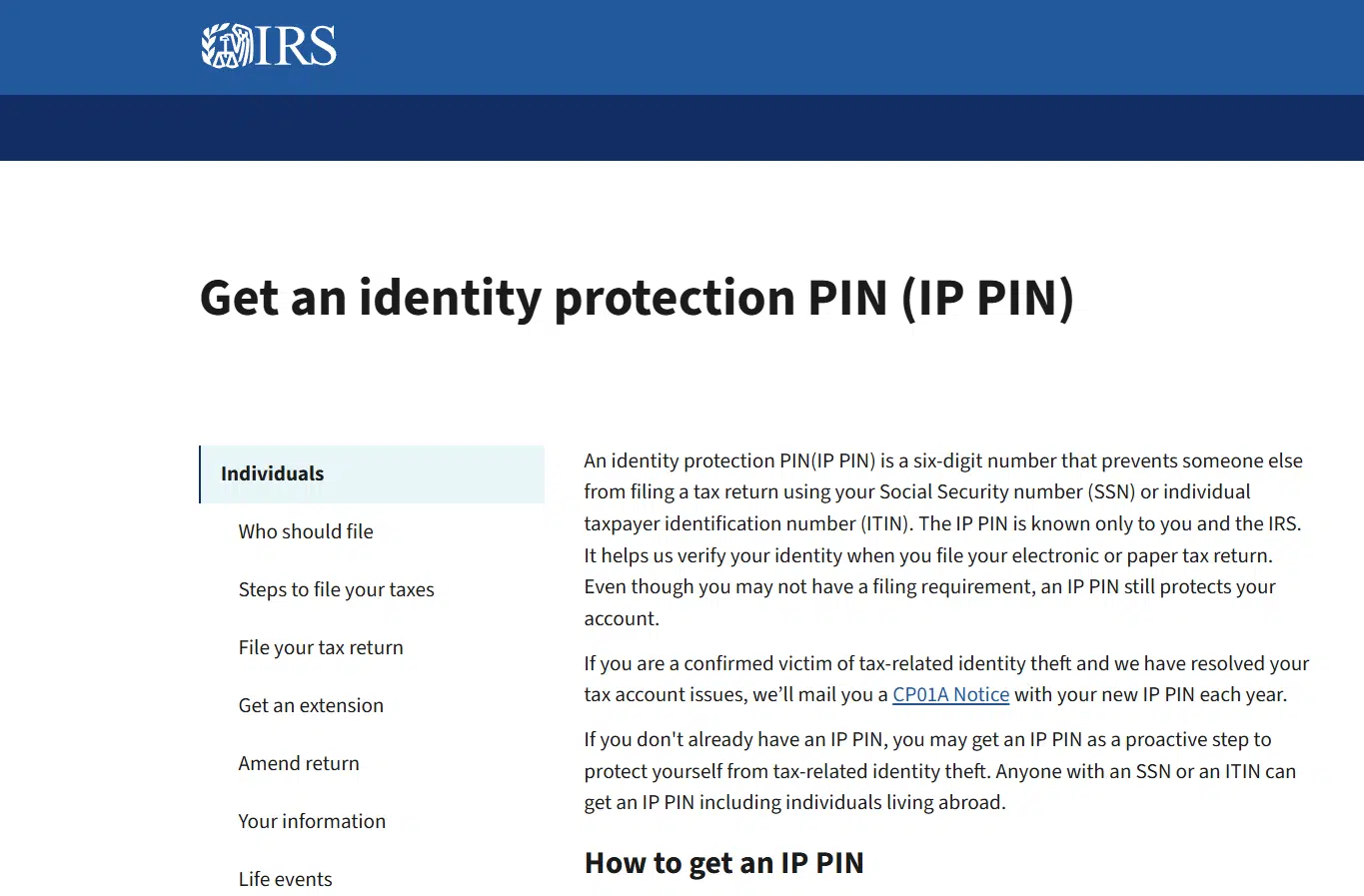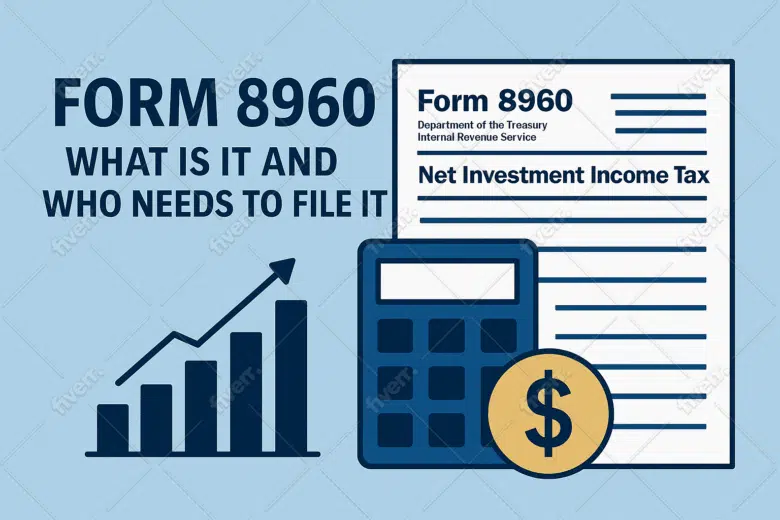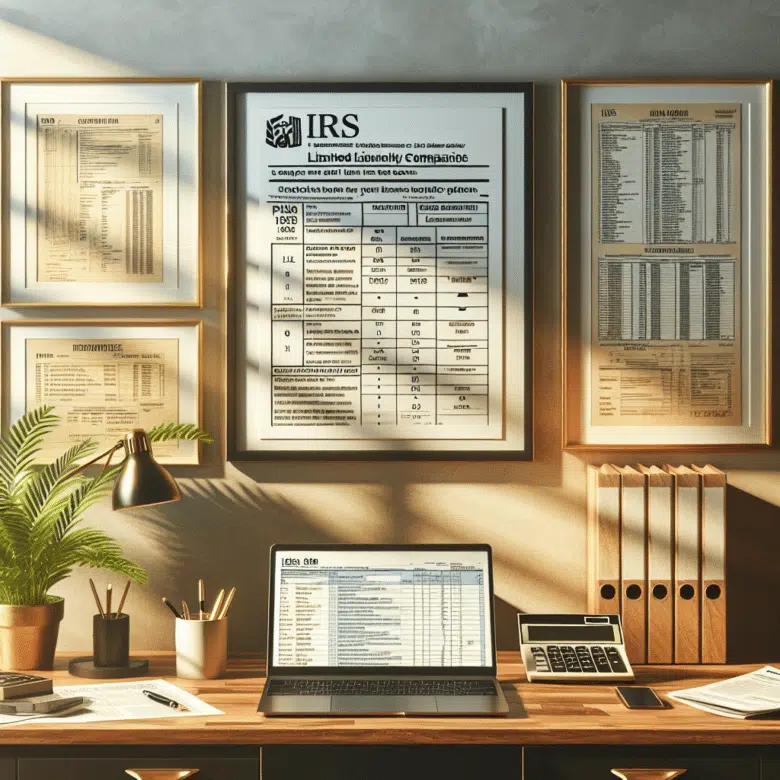Tax-related identity fraud hits U.S. families hard, costing them almost $1 billion each year. The crime affects all but one of 50 children. Getting an IRS Protection PIN has become crucial to protect your family’s tax information from identity thieves.
The IRS assigns a powerful six-digit Identity Protection PIN (IP PIN) that stops criminals from filing fake tax returns with stolen Social Security numbers. Anyone with a Social Security number or Individual Taxpayer Identification Number can now sign up for this program. The IP PIN stays valid only for one calendar year, so you need to renew it annually to stay protected.
This article will explore how to obtain an IP PIN for yourself and your children This knowledge will help keep your family safe from tax-related identity theft.
What is an IP PIN, and why do you need one
An IRS Identity Protection PIN is a unique six-digit number assigned to eligible taxpayers. It is used when filing your tax return to verify your identity, ensuring that the IRS can confirm that the person filing the return is indeed you. An IP PIN makes it significantly more difficult for fraudsters to file a tax return in your name, even if they have your Social Security Number (SSN).
The IRS offers the IP PIN to taxpayers who have been victims of identity theft or want to proactively protect themselves from the possibility of becoming victims. Once you have an IP PIN, you will need to use it when filing your taxes each year. It’s a one-time process for each tax year, and the PIN changes each year, adding a layer of security.
How IP PINs protect you and your family
The IP PIN program adds a reliable layer of security when you file taxes. Over 10.4 million taxpayers now use this protection. When someone tries to file a fake return, they can’t succeed without a valid IP PIN, which stops criminals from using your personal information.
Who qualifies for an IP PIN?
The IRS now makes IP PINs accessible to more people who can verify their identity. You need either:
- A Social Security number (SSN)
- An Individual Taxpayer Identification Number (ITIN)
Recent system improvements mean that people who couldn’t get an IP PIN before should try again. The Electronic Tax Administration Advisory Committee calls the IP PIN “the number one security tool currently available to taxpayers from the IRS.” Parents who have custody of minor children can get IP PINs for their dependents through a separate process.
How to Get an IRS Protection PIN
The quickest way to get an IP PIN is through the IRS online system. You can apply online, by mail, or by phone. Here’s how:
Option 1: Apply Online
- Go to the IRS Website: Visit the IP PIN page at the IRS website.
- Create an IRS Account: If you don’t have an account, create one by entering your name, email, Social Security Number (SSN), date of birth, and filing status. You’ll also need access to your email and a phone that can receive a text or call for verification.
- Verify Your Identity: Answer questions about your financial history, like details about loans or credit cards.
- Get Your IP PIN: Once verified, your IP PIN will appear on the screen. You’ll also receive it by mail for your records. Remember: A new PIN is issued each year, so you must apply again annually.
Option 2: Apply by Mail
- Fill Out Form 15227: Download and complete the form from the IRS website. Provide your SSN, date of birth, and address.
- Mail the Form: Send the form to the address provided in the instructions.
- Wait for Your PIN: It takes 4–6 weeks to receive your PIN by mail after processing your application.
Option 3: Call the IRS
If you’ve been a victim of identity theft, you may request an IP PIN by calling 1-800-908-4490. IRS representatives will verify your identity and provide assistance.
You have two options if you can’t verify your identity online. If your adjusted gross income is below $84,000 for individuals or $168,000 for married filing jointly, you can submit Form 15227. Otherwise, you can schedule an in-person appointment at a Taxpayer Assistance Center. Bring your government-issued photo ID and other identification documents. After your in-person visit, you should get your IP PIN by mail within three weeks.
How to Get an IRS Protection PIN for Your Kids
The process to get IP PINs for children differs from adult applications. Here’s how:
Step 1: Check If Your Child is Eligible
Not every child qualifies for an IP PIN. If your child has been affected by identity theft, you may be able to apply. If you want to be proactive, you can also request a PIN for your child if they are eligible based on IRS criteria. For children under the age of 16, a parent or guardian can request the IP PIN.
Step 2: Gather Required Documents
To apply for an IP PIN for your child, you’ll need:
- Your child’s Social Security Number or ITIN.
- Proof of your identity and relationship to the child (e.g., birth certificate, adoption papers).
- Your own verified IRS account.
Step 3: Apply for the IP PIN
You have three options:
- Using the Online Tool: Log in to your IRS account and navigate to the “Get an IP PIN” section. Follow the prompts to request an IP PIN for your dependent.
- Form 15227: Complete and submit Form 15227 for your child, ensuring all required fields are filled out accurately. Mail the form to the IRS address listed on the form’s instructions.
- In-Person Verification: Schedule an appointment at an IRS Taxpayer Assistance Center (TAC) if additional verification is required.
Step 4: Use the IP PIN for Your Child’s Tax Identity
When filing your tax return, include your child’s IP PIN along with their SSN. This ensures their tax identity is protected and prevents others from claiming them as dependents without authorization.
Managing IP PINs for Your Family
IP PIN management needs careful attention to renewal schedules and security practices. The IRS has 4-year-old specific protocols about how to maintain and share these vital protection numbers within families.
Annual renewal process
The IRS creates new IP PINs for everyone in the program each January. People who joined the program online after 2019 need to get their PIN through their IRS online account. New PINs show up in mid-January, which gives plenty of time before tax season starts. Setting calendar reminders helps you get your updated PINs on time.
Storing and protecting your IP PINs
Here’s how to keep your IP PIN secure:
- Share it only with trusted tax professionals
- Don’t respond to calls, emails, or texts asking for the PIN
- Keep the PIN in a safe place away from tax documents
The IRS makes it clear that IP PINs should stay private. Only you and your authorized tax preparer should know it. This strict privacy stops others from accessing and misusing your personal tax information.
Sharing PINs in joint custody situations
Joint custody has specific rules for PIN sharing. Parents who claim the dependent must add their child’s IP PIN when e-filing returns. The IRS sends the number to the address on the original PIN request form.
The parent who lives with the child most nights (more than 183 days) controls tax-related matters in divorce cases. The IRS will reject electronic returns from non-custodial parents who file without the required IP PIN.
FAQs
1. How do I know if my child’s identity has been stolen?
If your child’s identity has been stolen, you may notice that someone has filed a tax return in their name or that there are unauthorized accounts in their credit report. You may also receive a notice from the IRS indicating that a return has already been filed for your child.
2. Can I get an IRS Protection PIN if I don’t have a history of identity theft?
Yes! The IRS offers the IP PIN to all taxpayers, not just those who have experienced identity theft. You can request an IP PIN for yourself as a preventive measure against future fraud.
3. What if I lose my IP PIN?
If you lose your IP PIN, you can retrieve it online using your IRS account. If you are unable to do so, you can contact the IRS for assistance.
4. Can my child get an IRS Protection PIN if they are under 16 years old?
Yes, as a parent or guardian, you can request an IRS Protection PIN for children under the age of 16 if they are at risk of identity theft or if the IRS allows it based on their criteria.
Conclusion
Tax-related identity theft creates major risks, especially for families with children. IP PINs are a reliable defense against fraudulent tax returns. These PINs need careful attention and yearly updates. Parents need IP PINs for their children. Child identity fraud hits one in 50 children and costs families nearly $1 billion each year. The setup might look complex at first, but the security benefits are worth the effort.
You’ll need to use proper security protocols and stay on top of renewal deadlines to manage your IP PINs well. Taxpayers who need help with IP PIN applications or tax filing can get professional guidance at Akron Income Tax Preparation Co.
The IRS keeps expanding and improving its IP PIN program. This makes it easier for taxpayers to protect themselves and their dependents. Starting this protection early will give you peace of mind during tax season and protect your sensitive information year-round.




